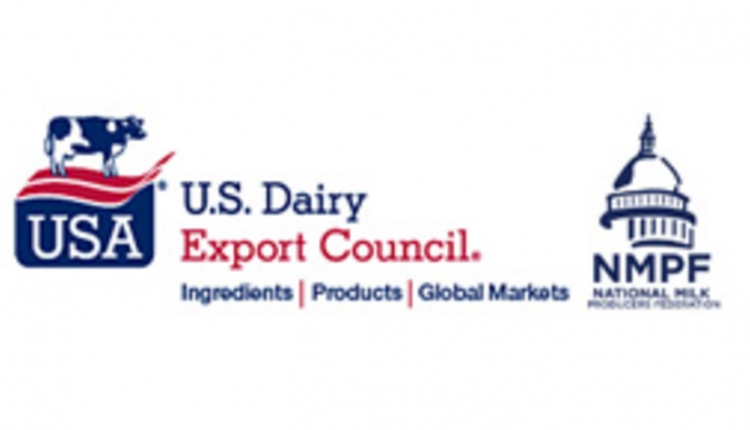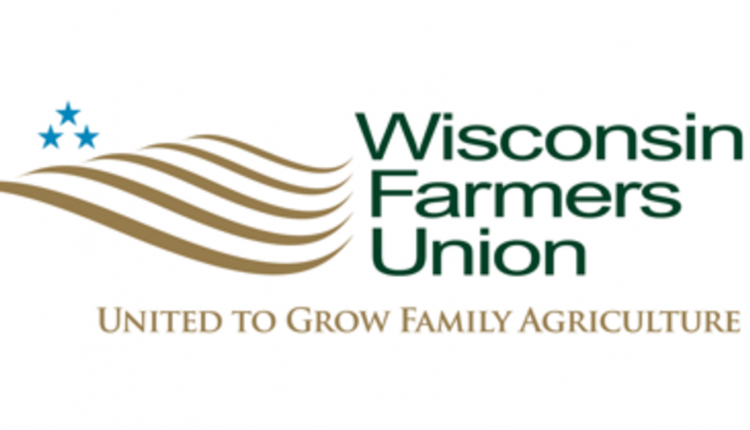As printed in our May 10, 2016 issue...
THE $15.25 ALL-MILK PRICE FORECAST by USDA economists for 2016 has held steady for the past two months. If milk production continues to show strong gains and exports do not improve more than projected, these prices are quite likely, suggested UW-Madison's Bob Cropp.
THERE IS STILL A POSSIBILITY that prices could improve from that forecast for the second half of the year, stated Cropp. Presently, Class III futures don't reach $14 until July and move to $15 in September.
MARCH MILK GREW 1.8 PERCENT nationally compared to the same time last year driven by a larger dairy herd and more milk per cow.
ONLY FIVE STATES REDUCED MILK FLOW. California dropped (-2.4 percent); New Mexico (-2.9); Florida (-5.7); Utah (-1.6); and Virginia (-0.6).
WISCONSIN PUMPED OUT an additional 129 million pounds compared to last March, growing 5.3 percent. Other leading gainers were: South Dakota, up 10.9 percent; Michigan, 7.7; and New York, 5.5.
DAIRY COW SLAUGHTER HAS SLOWED. March culling was up only 0.4 percent over last year. Culls were off 4.5 percent from February.
WHILE WHOLE AND FLAVORED MILK SALES CLIMBED 4.1 and 9.1 percent, respectively, last year, the entire fluid milk category fell 2.2 percent. Fat-free sales slid the most at 12.5 percent. Cheese grew 3 percent while yogurt posted the slimmest of gains at 0.3 percent.
SUPERMARKETS AND WHOLESALE DISTRIBUTORS accounted for 63 percent of fluid milk sales in the Northeast, reported Federal Milk Market Administrators. Schools only made up 3.8 of all beverage sales.
"THE CHEESE PULL" that includes a taffy-like web of Pepper Jack cheese in Taco Bell's Quesalupa helped propel the Mexican fast-food chain to 5 percent sales growth over past year, reported Bloomberg.
COW NUMBERS MOVED FROM 50 TO 144 HEAD on the average U.S. farm from 1987 to 2012. The midpoint (when half of the cows are on each side of the count) moved tenfold from 80 to 900 cows. The shift shows no signs of slowing, reported USDA in its 66-page report Changing Structure, Financial Risks, and Government Policy for the U.S. Dairy Industry.
WHEN THE NEXT GENERATION joins the farm, USDA will allow the business to update its production history in the Margin Protection Program (MPP-Dairy). The move "helps new dairy farmers get started in the family business, while ensuring that safety net coverage remains available for those growing dairy farms," said USDA Secretary Tom Vilsack.
IN AN EFFORT TO LIMIT LOANS, the American Bankers Association has begun lobbying regulators to restrict the Farm Credit's ability to extend credit outside of agriculture. At issue? A $725 million loan by Farm Credit to Verizon to help improve rural communications and bandwidth.









